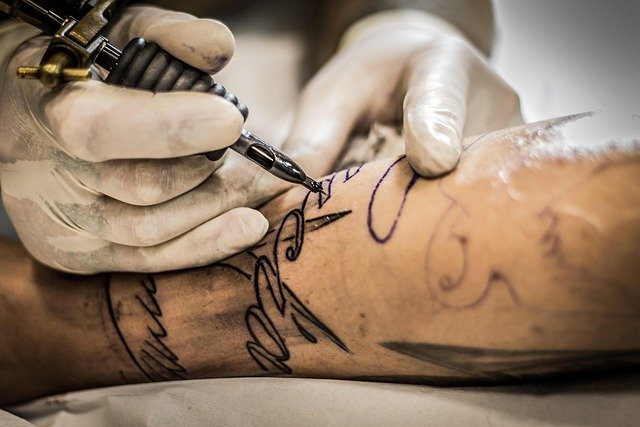Care and Repair Tips for Everyday Wrist Accessories
Maintaining bracelets and other wrist accessories enhances their appearance and prolongs useful life. This overview presents practical cleaning, storage, and basic repair techniques for common materials—metal, leather, beads, and mixed designs—along with sizing and styling notes to keep pieces functional and presentable.

Everyday wrist accessories demand regular attention to remain in good condition and retain their visual appeal. Small habits — gentle cleaning after wear, careful storage, and timely repair of clasps or stretched cords — prevent common issues like tarnishing, leather drying, or broken beads. Understanding the materials and simple repair options helps you decide what you can do at home and when to consult a professional for more complex metalwork or bespoke customization.
Wristwear: daily care and handling
Daily care for wristwear starts with mindful handling. Remove bracelets before showering, swimming, or activities that expose them to chemicals, sweat, or abrasion. Avoid applying lotions, perfumes, or sunscreen while wearing pieces; these products can accelerate tarnish and weaken adhesives. After wearing, wipe metal and leather surfaces with a soft, dry cloth to remove oils and sweat. For elastic or beaded strands, avoid sleeping in them to reduce strain and prolong knot integrity.
Armbands, cuff, and leather: cleaning tips
Armbands, cuffs, and leather straps require tailored cleaning. For leather, wipe with a slightly damp cloth and allow to air dry away from direct heat; use a neutral leather conditioner sparingly to keep the material supple and reduce cracking. Metal cuffs benefit from a microfiber cloth and a mild soap solution for dirt; rinse and dry immediately. Avoid soaking glued components or riveted designs, and test any cleaning product on an inconspicuous area first to prevent discoloration or finish damage.
Metalwork maintenance and simple repairs
Metalwork on bracelets includes chains, links, clasps, and plated finishes that need specific attention. Tighten loose jump rings and clasps with small jewelry pliers, and replace visibly worn spring rings or lobster clasps to prevent loss. For minor scratches on solid metals, a gentle polishing cloth can reduce visibility; plating is thinner and may wear off with repeated polishing. Complex repairs such as soldering, re-plating, or reshaping should be handled by a trained jeweler to preserve structural integrity and finish.
Beads, beading, and charms: restringing and care
Beaded bracelets and charm bracelets often fail at the stringing material. Elastic cords stretch and weaken with wear; when a bracelet begins to sag or show frayed ends, restring it using a quality elastic cord and secure with a surgeon’s knot plus a drop of jewelry glue. For beadwork on thread or wire, trim frayed thread and consider adding a crimp for reinforcement. Store charm bracelets flat or in a compartmentalized box so charms do not collide and cause scratches; check jump rings and split rings periodically for signs of wear.
Craftsmanship, customization, and sizing guidance
Knowing a piece’s craftsmanship helps determine whether a repair is a DIY fix or requires a professional. Handmade metalwork, custom fittings, or unique clasps are best handled by a jeweler experienced in those techniques. For customization or resizing, adding or removing links and beads is common, but structural metal resizing needs specialist tools. Measure wrist circumference and choose a fit that suits the accessory type: snug for functional cuffs and looser fits for layered looks. Prioritize sustainability by repairing rather than replacing when possible.
Layering, styling, and photography for wrist accessories
Layering and styling affect both aesthetics and wearability. Combine textures—leather, metalwork, beads, and charms—mindfully: place heavier cuffs closer to the wrist and lighter strands outward to reduce tangling. When photographing wristwear for documentation or sale, use natural light and a neutral background to show true colors and workmanship; close-up shots highlight bead detail, charms, and metal finishes. Clean and lint-free pieces photograph best and make small repairs beforehand to present accurate condition.
Conclusion Consistent, material-appropriate care keeps wrist accessories functional and attractive. Regular cleaning, safe storage, and timely repairs—whether simple restringing at home or professional metalwork—preserve craftsmanship and support more sustainable use of jewelry. Paying attention to sizing, layering, and maintenance habits helps you enjoy everyday wristwear longer while protecting the details that make each piece distinctive.






